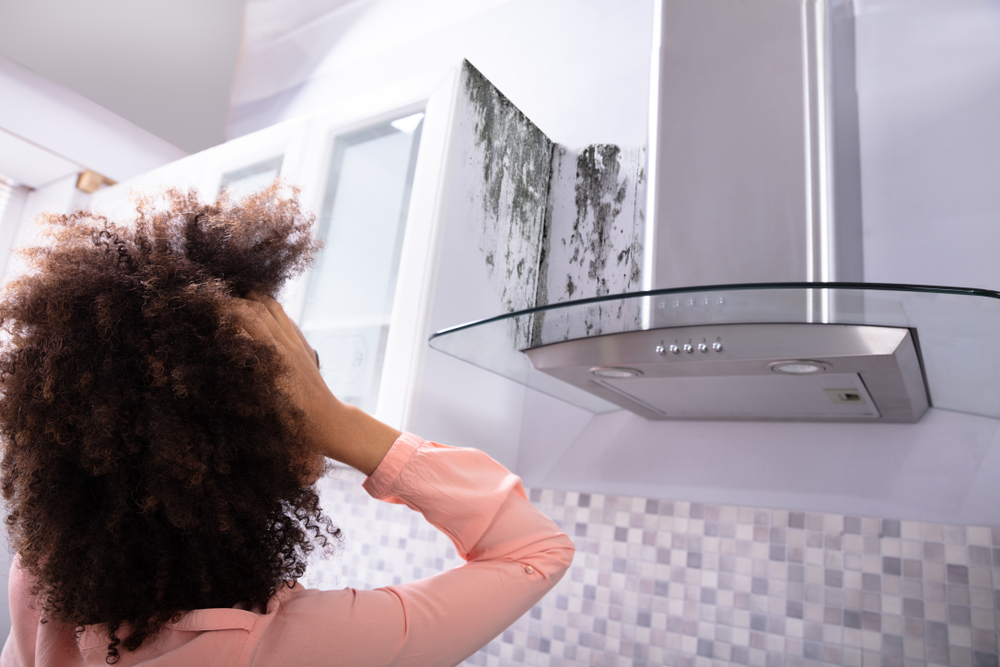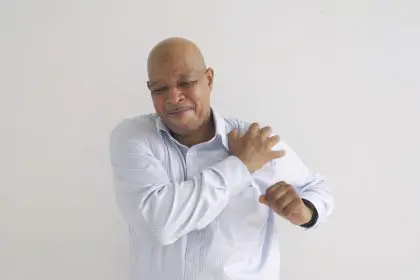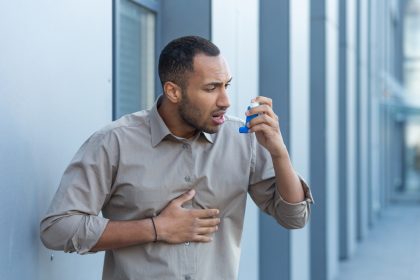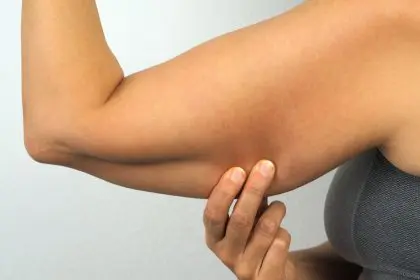Kristina Baehr had it all – a thriving law career, four beautiful children, and a seemingly perfect life in Austin, Texas. But in 2017, her world began to unravel in ways that left doctors scratching their heads. The successful attorney found herself battling debilitating dizziness, crushing fatigue, and terrifying illness. Even more frightening, her children started showing signs of extreme anxiety and developmental issues. The culprit? It was hiding in plain sight within their home.
The invisible enemy making families sick
What Baehr and countless others across the country are discovering is a growing health crisis that many medical professionals are missing. As climate change creates increasingly humid conditions, toxic mold is flourishing in homes across America, leaving a trail of mysterious illnesses that often go undiagnosed for years.
When your body becomes a medical mystery
Miranda Davis spent her entire twenties bouncing between doctors’ offices in Akron, Ohio, searching for answers to her devastating symptoms. Medical professionals repeatedly dismissed her concerns as anxiety or depression, but her mother’s instincts told her something more sinister was at play. The truth would eventually lead them to discover a hidden threat lurking in their home’s walls.
The warning signs everyone needs to know
Medical experts who specialize in environmental illness explain that mold toxicity can manifest in surprisingly diverse ways. Beyond the expected respiratory issues, sufferers often experience debilitating brain fog, sudden onset of anxiety or depression, unexplained joint pain, and even gastrointestinal problems that seem to appear out of nowhere.
Why doctors often miss the diagnosis
The medical community’s struggle to recognize mold illness stems from several complex factors. Traditional medical training often overlooks environmental causes of illness, focusing instead on more conventional diagnoses. This gap in understanding leaves many patients struggling to find answers, often for years.
The climate change connection
Environmental health specialists are raising alarm bells about the rising prevalence of toxic mold exposure. As global weather patterns shift, creating more humid conditions and extreme weather events, homes are increasingly vulnerable to water damage and subsequent mold growth. This trend is particularly concerning for communities in flood-prone areas or regions experiencing increased rainfall.
Inside a mold sufferer’s journey
For Baehr, the path to answers was anything but straight. Despite visiting numerous specialists, it wasn’t until a forward-thinking concierge doctor suggested testing her home for mold that pieces of the puzzle began falling into place. The discovery would lead to a complete overhaul of their living environment and a long journey toward recovery.
The hidden dangers in everyday spaces
Environmental experts explain that mold can thrive in surprisingly common household locations. Water damage from leaky pipes, poor ventilation in bathrooms, or even seemingly minor issues like condensation on windows can create perfect conditions for toxic mold growth. The problem often develops invisibly behind walls or under flooring, making it particularly insidious.
Breaking the cycle of exposure
Recovery from mold illness typically requires a two-pronged approach: addressing both the environmental exposure and the body’s reaction to it. This process often involves difficult decisions about home remediation and significant lifestyle changes to support healing.
The emotional toll of invisible illness
Both Baehr and Davis describe the psychological impact of dealing with an illness that others can’t see or understand. The isolation of having their symptoms dismissed by medical professionals, combined with the stress of managing a chronic condition, creates an additional burden for many mold illness sufferers.
Finding the right help
Environmental health specialists emphasize the importance of working with practitioners who understand the complexities of mold-related illness. These experts often take a more comprehensive approach, considering environmental factors that traditional medical doctors might overlook.
Creating a safer home environment
Prevention becomes crucial once you understand the risks of mold exposure. Environmental experts recommend several key strategies for protecting your living space, starting with controlling moisture levels and ensuring proper ventilation throughout your home.
The testing process explained
Modern testing methods can help identify mold problems before they become severe health issues. The Environmental Relative Moldiness Index (ERMI) provides a scientific approach to assessing mold contamination levels, though experts caution that interpretation of results should be done with professional guidance.
Understanding your body’s response
Medical specialists explain that individuals can react very differently to mold exposure. Some people may develop immediate and severe symptoms, while others might experience a gradual onset of health issues. This variability often contributes to the challenge of diagnosis.
The role of diet in recovery
Many environmental health practitioners have found that dietary modifications can play a crucial role in supporting recovery from mold illness. Certain foods may help the body’s natural detoxification processes, while others might exacerbate symptoms.
Building resilience for the future
As climate change continues to impact our environment, creating more favorable conditions for mold growth, experts emphasize the importance of understanding and addressing this growing health concern. This includes both individual awareness and broader societal measures to protect vulnerable populations.
The way forward
While the medical community’s understanding of mold illness continues to evolve, those affected can take proactive steps to protect their health. This includes being aware of potential warning signs, maintaining proper home maintenance, and seeking appropriate medical care when needed.
Hope for recovery
Despite the challenges, both Baehr and Davis eventually found paths to recovery. Their experiences highlight the importance of perseverance in seeking answers and the potential for healing when the root cause of illness is finally identified and addressed.
The growing awareness of mold-related illness offers hope for others struggling with unexplained symptoms. As more medical professionals begin to recognize and understand this condition, diagnosis and treatment options continue to improve. For those currently dealing with suspected mold illness, the experiences of others who have successfully navigated this challenge provide both guidance and encouragement for their own healing journeys.














